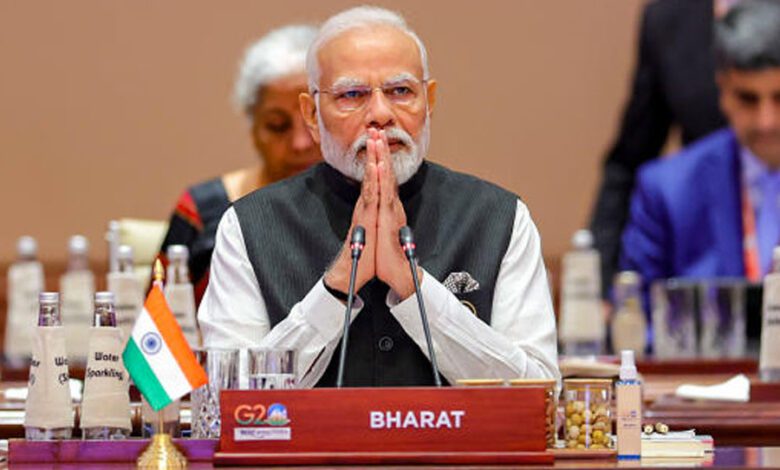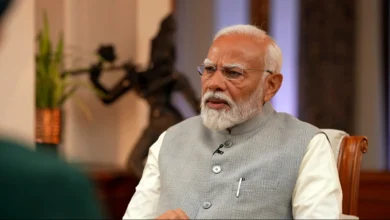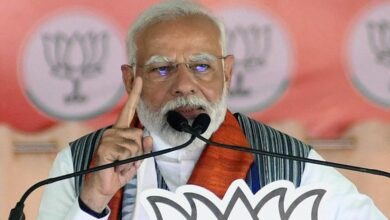Bharat set to appear on government schemes and programs, but no retroactive application: Report
Naming Transition: 'Bharat' Finds Its Place Alongside 'India' in Official Documents

India to Include ‘Bharat’ in Official Documents and Invitations
India is set to include the name ‘Bharat’ on official documents related to government schemes, programs, and national and international invitations. However, it’s important to note that this change will not be applied retroactively. The name ‘Bharat’ has already been used in official documents for initiatives like ‘Karmayogi Bharat.’ The proposal to emphasize ‘Bharat’ gained prominence when Home Minister Amit Shah suggested its incorporation into new penal codes, such as the Indian Penal Code becoming Bharatiya Nyay Sanhita. While this change will impact government documents, it won’t affect previously issued ones, and both ‘India’ and ‘Bharat’ are legally recognized names for the country.
The Transition to ‘Bharat’ in Official Usage
The transition from ‘India’ to ‘Bharat’ has been underway for some time, with the government considering ‘Bharat’ a more Indic name. This shift began long before recent controversies, and it’s not tied to political motivations. For instance, passports already mention ‘Republic of India’ and ‘Bharat Sarkar.’ The government maintains that there’s no intention to violate legal or constitutional principles, and no retroactive changes are being pursued. While the mention of ‘Bharat’ on invitation cards for certain events has sparked controversy, senior bureaucrats insist it’s unrelated to political alliances or elections.
Historical Perspective on ‘India’ and ‘Bharat’
Historian and Economic Advisory Council member to the Prime Minister, Sanjeev Sanyal, explains that both ‘India’ and ‘Bharat’ are valid names for the country. However, ‘Bharat’ has deep roots in the region’s history and is considered more Indic in nature. Sanyal notes that ‘Bharat’ is an indigenous name, while ‘India’ is the result of an ancient mispronunciation by foreigners. It traces back to the name ‘Sapta Sindhu,’ referring to the Land of Seven Rivers, which was the original homeland of Vedic Bharatas. Over time, phonetic shifts by ancient Persians turned ‘Sapta Sindhu’ into ‘Hapta Hindu,’ which eventually led to the term ‘Hindus’ for the people living in this region. Subsequently, the Greeks and others transformed ‘Hindu’ into ‘India.’ Therefore, the name ‘India’ is derived from ‘Sapta Sindhu’ and also has deep historical roots.
‘Bharat’ is being included in official documents and invitations, but this change won’t affect past documents. It’s important to understand that both ‘India’ and ‘Bharat’ are legally recognized names for the country, and the transition to ‘Bharat’ is a long-standing process, not motivated by political considerations. This shift is seen as an embrace of a more Indic name with deep historical connections to the region.
Please, also have a look into : Government intends to allow private sector to apply for the position of TRAI chairperson



